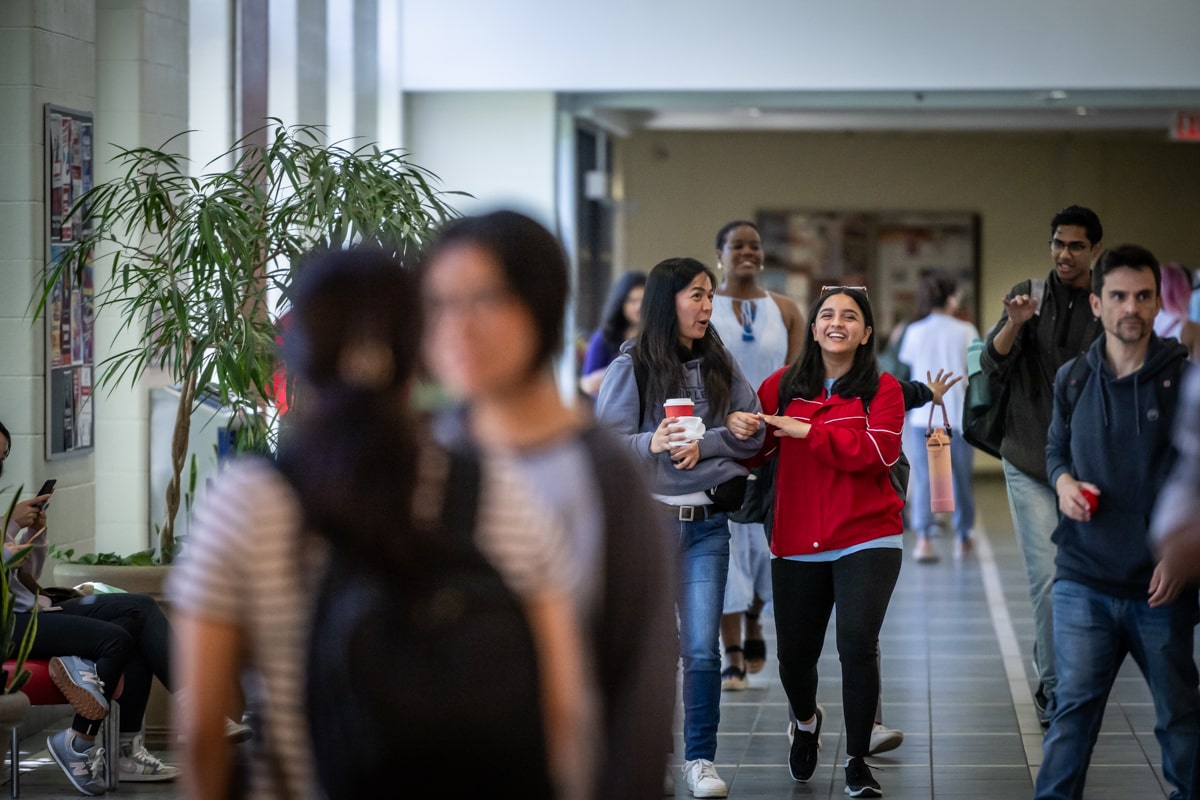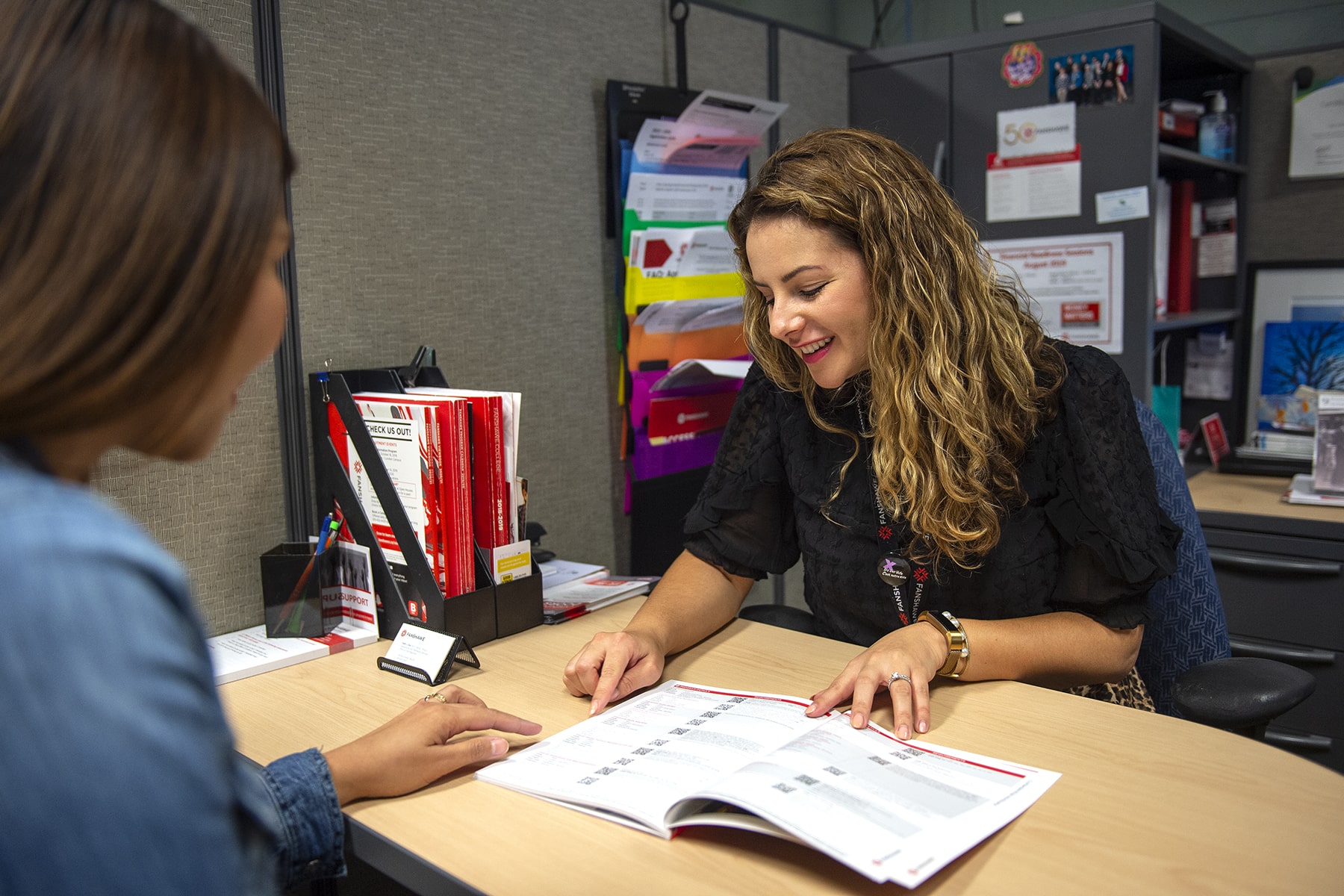Gone are the times where an education pathway was comprised of a simple point A to point B, start to finish. Nowadays, it’s completely normal for that pathway to take you from institution to institution and credential to credential for you to ultimately reach your career goals. You can even cross the globe to achieve them! Many post-secondary schools will have agreements in place with partner universities and/or colleges (called “articulation agreements”), including international ones, to make it easier for students to take their earned credits with them and work toward finishing a degree or graduate program.
Does this sound interesting to you? If so, here are the steps to follow to help you prepare for a degree pathway abroad:
1. Research degree pathway opportunities at least a year prior to your intended start date
Look at your current school’s resources or reach out directly to destination schools to find out if/how your credits could transfer over. To find international degree programs and schools, check out QS World Universities or the European Commission. Fanshawe has our own Pathways Database that you can check out too!
2. Take advantage of degree pathways events and resources
Attend events held by your current school, such as Fanshawe’s Pathways Fairs, and make sure to seek insight from your professors and professionals
3. Determine if you’re eligible and how to apply to the degree program abroad
Contact your destination school to find out if you meet the requirements of your program, understand the application process and gather information on the academic and non-academic considerations described below. Also, consider asking if you can connect with a professor or student from your destination program to gather more details about the program and determine if it’s the right fit.
4. Narrow down your degree pathway options keeping career goals in mind
Academic considerations include the level/year of program entry or amount of transfer credits; the admission requirements; the application process, deadlines and intakes; and Qualification Recognition in Canada for future employment and/or education. Non-academic considerations include language requirements; tuition, fees and other costs like travel, living, insurance, etc.; available loans, grants and scholarships; visa/study permit requirements; and international student services at your destination school.
5. Complete your degree program application
Gather all your supporting documentation and student records and follow the destination school’s application process. Contact your Office of the Registrar to find out how to request your student records.
6. Plan your budget, travel plans and accommodation
Once you’re accepted into your degree program abroad, it’s time to complete a budget to identify your expected expenses and start looking for accommodation prior to leaving Canada. Apply to OSAP, if applicable, and look for any scholarships that are available, like Fanshawe’s International Pathways Scholarship. Confirm that your school offers health insurance and secure any immunizations or medications that are required.
7. Make sure your travel documents are in place
Before leaving the country, make sure your passport won’t expire until at least six months AFTER you return to Canada. You’ll also have to apply for a study permit/visa by contacting the destination country’s embassy, high commission or consulate in Canada.
8. Get familiar with the destination country and school of your degree pathway
Try to get to know the country you’ll be studying in, including potential language barriers, cultural considerations, national and local customs. Also, get to know the school you’ll be studying at, where to get support, how to get involved and where you can build your social network.
Learn more about pathway transfer information.
Read more blogs about degree pathways:




